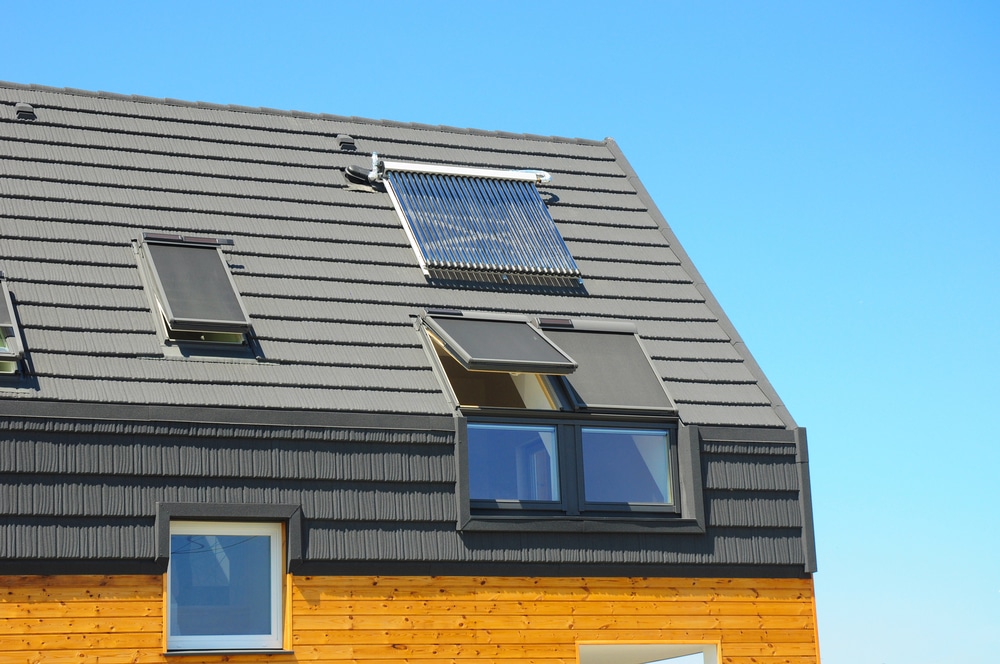The Basics of Green Building and Energy Efficiency [Podcast]

Listen and Learn!
This comes courtesy of our friends at Build Your House Yourself University hosted by Michelle Nelson, informal residential construction student. She shares information on home building practices as well as interviews with experienced contractors and industry experts to bring you tips, tricks, and trends in home building.
Today we’ll explore some concepts of green building and sustainable building with Ben Adam-Smith, host of the podcast, House Planning Help (www.houseplanninghelp.com)— one of my favorites. We’ll talk about what basic things we should consider if we want to build green.
We’ve made it to episode 10 of Build Your House Yourself University. I’m your host and fellow student, Michelle Nelson, and together we’ll learn the basics of residential construction and demystify the building process. So whether you plan to build your dream home in the next several months or the next several years, with or without a general contractor, this podcast is for you.
On the House Planning Help Podcast, Ben Adam-Smith and his guests talk about building homes that are comfortable for us, but also kind to our environment. Like many of us, he is educating himself before he builds his own home. He’s exploring how we can build better homes and he’s passionate about educating people to build more sustainably and with greater energy efficiency.
Before we get to today’s subject, let’s define Green Building, our Pro Term for today.
Green Building or Green Construction, also known as sustainable building, refers to designing and constructing a home, or building, to minimize the impact on the environment. It entails building in a way that minimizes waste.
A well-designed green building will save money, increase comfort and create a healthier environment. A green home is sustainable, meaning it will meet your needs today without compromising the ability of future generations to meet their needs.
Ben Adam-Smith of the House Planning Help Podcast says green building is important because it creates a healthy place to live today and it allows us to plan for the future.
He says that there are several “features” that everyone should consider when building a new home:
- Scale— building a home that is no bigger than you really need.
- Location— building in an area that will allow you to walk or bike to work restaurants and stores if your part of the country will allow for that.
- Insulation
- Air tightness
- Ventilation— systems that exchange stale air for fresh air.
- Solar orientation— placing your house on a home site so it benefits from the sun’s orientation (I talked a little about that in episode 8— Choosing a lot)
Ben tells us about Passive House. Passive house is a building standard. It’s a strict, voluntary standard of energy efficient construction that results in homes that require very little energy for heating or cooling. Passive Houses achieve their energy efficiency by using high levels of insulation and airtight design.
The Passive House standard also uses the home’s site and the home’s orientation to the sun, as well as, heat recovery systems, solar energy, solar shading, and elimination of thermal bridges (thermal bridges are weaknesses within the home’s structure where heat and/or cold are lost at an increased rate).
Ben says what is an eco-home today will just be a home tomorrow.
Special thanks to Ben Adam Smith for taking time out of his busy schedule to share with us some of the things he’s learned about green building. Make sure to check out his podcast, House Planning Help.
Ok, you know what time it is, don’t you? Let’s see if you can get a 100% on today’s quiz.
QUIZ
-
What are 3 of the 6 things that Ben Adam-Smith mentioned that we should consider if we want to build green?
Any 3 of the following:
Scale, location, insulation, air tightness, ventilation, solar orientation
2. What is the term for weaknesses within the home’s structure where heat and/or cold are lost at an increased rate?
Thermal bridges
The purpose of this podcast is simply to educate and inform. It is not a substitute for professional advice. The information that you hear is based the only on the opinions, research, and experiences of my guests and myself. That information might be incomplete and it is subject to change, so it may not apply to your project. Always consult a professional about specific recommendations for your home.
Thank you for joining me. I hope you learned as much as I did. Come back next week for another episode of BYHYU.


![The Basics of Green Building and Energy Efficiency [Podcast]](https://elemental.green/wp-content/uploads/2017/02/house-in-the-green-1493723_1280-1280x640.jpg)